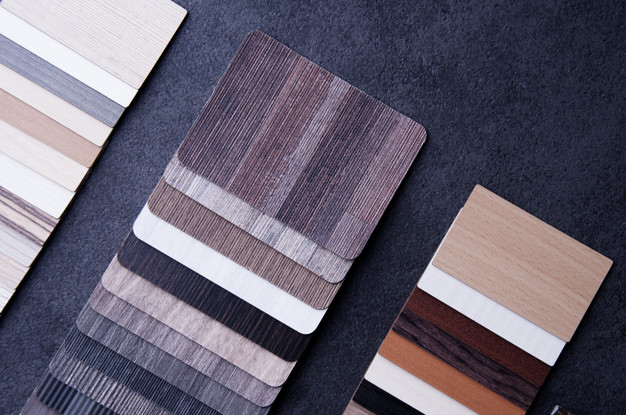Everythings About Laminate Flooring
Laminate flooring is constructed much like engineered wood, with a thin veneer over layers of plywood or compressed fiber.
However, the top layer is not wood but a photograph under a clear plastic coating.
That means laminate can look like wood, stone, tile, or just about any other material.
Types
Laminate comes in either planks or tiles. Most of them are floating floor systems, which you can install right over your old flooring with no glue or nails.
Advantages
Laminate can mimic the look of wood or stone for much less money. It’s also easy to clean and requires very little maintenance.
It’s a hard material that resists scratching and scuffing better than real wood.
Laminate is easy to install over an existing floor, saving you time and money on your flooring project. Consumer Reports says the material is easy to install yourself.
Disadvantages
Like tile, laminate can be slippery when wet. Also, if water stands on it for any length of time, it can get in between the layers of the material, causing the planks to warp.
Unlike real wood, laminate can’t be refinished when it wears out, only replaced. That can make it a less cost-effective choice than wood or tile over the long term.
Best Uses
Laminate is a good material for high-traffic areas, such as kitchens, foyers, and playrooms.
Consumer Reports says it’s also a reasonable choice for basements as long as they have no problems with leaks or standing water.
It’s best to avoid this material in wet rooms, such as bathrooms and laundry rooms.
Cost
Laminate can cost anywhere from $1 to 7 per square foot. If you don’t install it yourself, add another $2 to $5 per foot for installation.
Refer to : U.S Flooring

